January 25, 2024 | 17:09
Science
Research
The scientific group has developed a new method of water purification
Water is one of the most important resources of human life and civilization. Water used for drinking, irrigation, and circulation in the natural ecosystem does not meet global standards of purified water. YSU young scientists, as well as researchers from other RA scientific institutions, jointly developed a project in which new, safe, affordable methods aimed at ensuring a normal circulation of water in the ecosystem and contributing to the "health" of the environment are proposed.
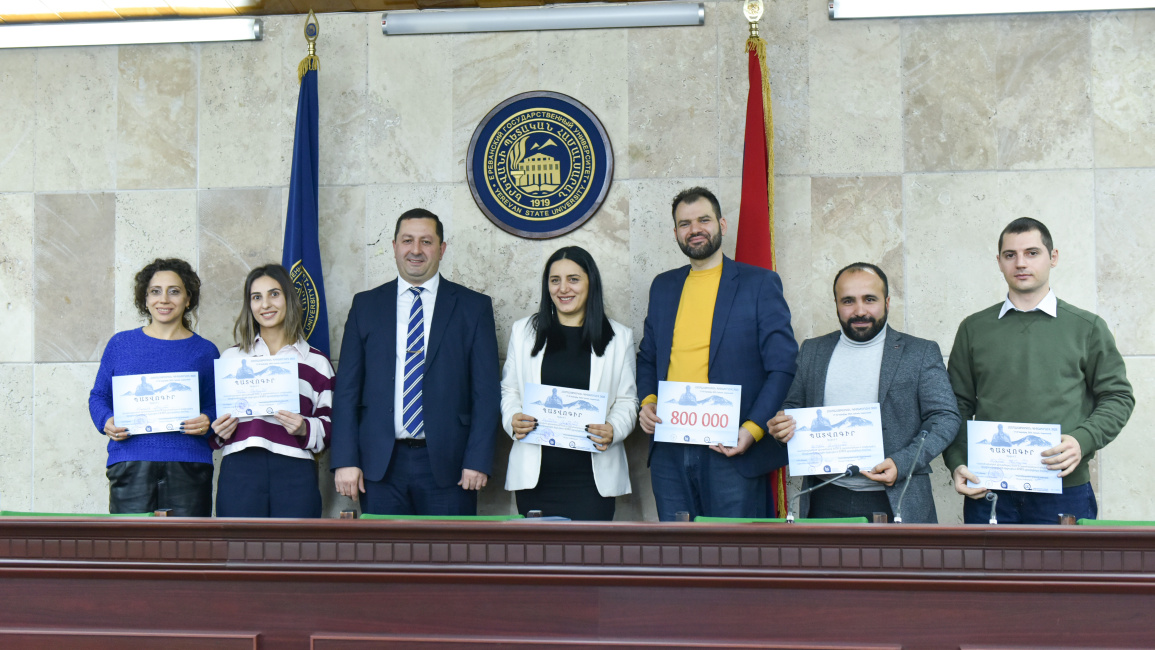
Susanna Gaginyan, Tatevik Boshyan, Avetis Grigoryan, Tigran Petrosyan and Anna Tovmasyan are the members of the scientific group that won the 2nd place in the competition of interdisciplinary projects held within the framework of the "Pan-Armenian Scientific Conference-2023". The members of this scientific group found a common purpose of joint research and developed a new project ("Water purification from harmful heavy metals and metalloids using carbon nanostructures and protein membranes") in a short period of time, the ultimate goal of which is to create prerequisites for creating a science-based economy in the Republic of Armenia.
Susanna Gaginyan, a lecturer from Nuclear Physics Chair of the Institute of Physics, talked about the interdisciplinary competition and the formation process of the team.
The committee of the "Pan-Armenian Scientific Conference-2023" formed the team randomly, taking into account the involvement of researchers with different specialities in the scientific group. The initial goal of the interdisciplinary competition was to gather specialists from different fields to work together on one idea, combining their professional skills.
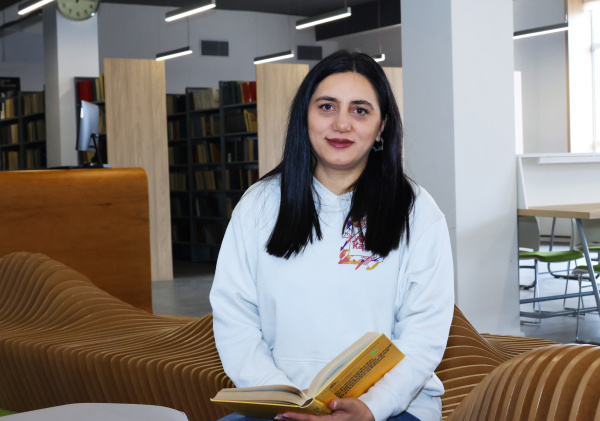
Both getting to know each other and working together were quite easy for us. We had a week to draw up a competitive project, 3 days to prepare and present a slide show. We managed to complete the necessary works on a tight schedule, and we were sure that our joint work would become a winning project. I should mention that we set a task for choosing the topic: understand what our country needs. Among the branches of security, mining industry, agriculture and environmental protection we chose environmental protection (water resource management). My only concern was how we would involve the archaeologist profession in our scientific work, but everything went so smoothly that we each had our participation in the whole process. There were no disagreements or difficulties since we organized everything very well through discussions. At each stage, we conducted a study and presented a proposal. In the field of physics, Tigran and I provided water purification using nanotubes. This method is applied worldwide, of course, but very few since it is new research. There are many options for chemical water purification, but they cause secondary damage to the water, and with nanotubes, we get pretty pure water.
Tatevik Boshyan, hydroecologist and junior researcher at the Scientific Center of Zoology and Hydroecology, spoke about the modernity and originality of the project topic.
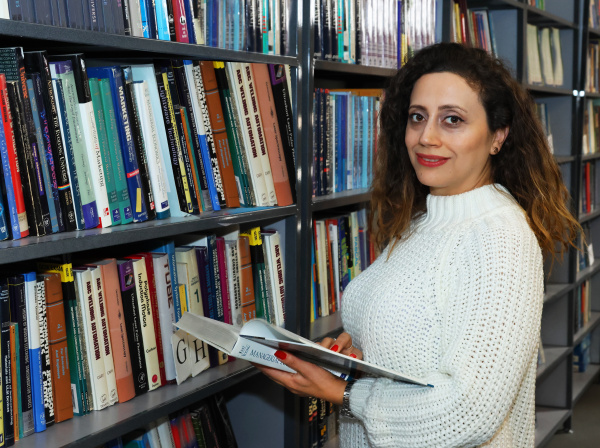
Water ecosystems are polluted by effluents from agricultural, domestic-communal, industrial and other man-made structures, most of it flows into surface waters and penetrates underground water resources. These effluents are of different nature depending on the source of pollution. The most dangerous effluents contain toxic, carcinogenic and other harmful substances that have a negative impact on human health and the ecosystem. In particular, arsenic is the most dangerous element, which has been known since ancient times. Copper, nickel, cadmium, chromium, mercury, lead, zinc, etc. are among the highly toxic heavy metals polluting water.
Water treatment and quality maintenance are global and universal issues of contemporary significance. My scope of scientific study within the project (related to biomonitoring) is to determine water quality through qualitative and quantitative indicators of macroinvertebrates before and after the study.
Avetis Grigoryan, Researcher at the Institute of Archeology and Ethnography of the RA NAS, lecturer of YSU Ijevan branch, Candidate of Historical Sciences, talked about the process of the competition, archaeology and the intersection with the chosen topic.
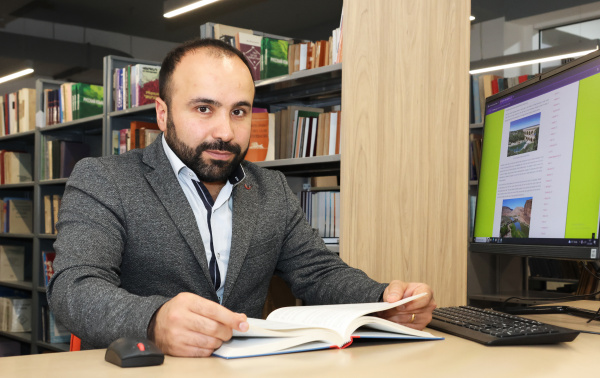
During the preparation of the project, each of us studied the professional literature of our field related to the problem, then combined the data and drew up a project. Although all of us have extensive experience in conducting research in various scientific fields, at first glance there was a fear that it would be difficult to draw up a project that would include all of our interests and be modern and innovative at the same time. However, in a very short time, our scientific group overcame the obstacles and achieved success thanks to hard work, teamwork and unity.
I am an archaeologist by profession. At first glance, the field seems to bear little relationship to new technologies as it studies the "old". However, in my opinion, it is difficult to find the best new without knowing the old. Studies show that people have not just started thinking about water management, storage, transfer and quality maintenance but at least several thousand years ago.
The circumstances of the formation of civilizations, the creation and destruction of states were greatly influenced by the problems of water availability and management. For example, Urartu, considered one of the ancient states of the Armenian highlands, achieved unprecedented success in water management, a large network of canals was created throughout the country, thanks to which vast areas were irrigated, contributing to the development of the economy.
Armenia is located in such a geographical area where the need to maintain water quality is becoming increasingly significant, taking into account global warming, mining industry development, increasing human demands and other issues. My work within the framework of the project was to show the experience of the historical past in Armenia and the world in this direction, comparing it with the new processes taking place in the world.
Anna Tovmasyan, Junior Researcher at the "Armbiotechnology" Scientific and Production Center, told about the team's future plans and the formed new friendship.
While working together, I realized that if there are common goals and desires, then such cooperation will definitely have a successful end.
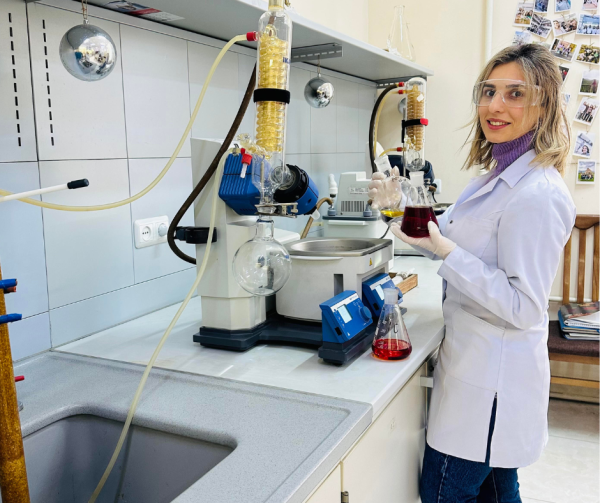
We worked together for a very short time, but during that time we managed to create a project in which we all had our participation. While working together, I studied archaeology, hydroecology and physics and got acquainted with the peculiarities of these fields. One of the important achievements of this work for me was getting acquainted with the members of the group. Now I have good friends with whom it will always be a pleasure to unite for one idea and make goals a reality.
Our scientific group worked unified in that short period of time. I am sure that if there are grant programs or competitions where we will have the opportunity to present our work, we will definitely discuss and plan our next steps and apply for new programs.

